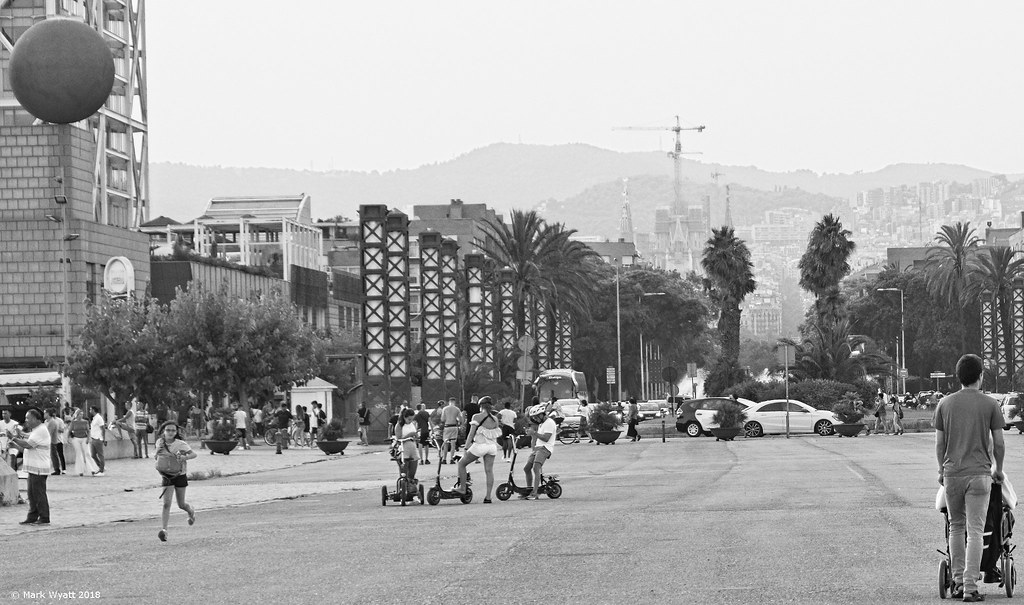Grandpa Ron
Been spending a lot of time on here!
- Joined
- Aug 9, 2018
- Messages
- 1,218
- Reaction score
- 754
- Can others edit my Photos
- Photos OK to edit
- Thread Starter 🔹
- #61
When I see a great photo I like to think "Boy would I have liked to have seen that" or "The next time I am out west I am going to hunt down that spot. In short, I like to think that I could see that image for myself.
What I do not like to think is, "What a great shot, it is too bad the scene only exists in pixtals of some memory card.
How do you know which is which? Quite often you do not. Yet something tells you, that you have shot dozens of scenes like that and they were never quite that perfect. Maybe the photographer was having a super luck day.
In the photography magazines it is a lot easier. Many times the pictures displayed are accompanied by the photographer's comments, which go to great length instructing others on how to "tidy up" the photo using this or that post processing program.
My point was driven home this Christmas when I received an Ansel Adams calendar. My son in law saw the cover shot and said he was their last summer. Sorting through several dozen photos on his smart phone he shows me the same scene. Sure the clouds and snow cover were deferent but nobody had added a tree line or removed an errant mountaintop to clean up or balance the scene. He pretty much saw what Ansel saw some 60 plus years before.
I suspect that most folks do not give two hoots about how much post processing goes into the final picture and why anyone would care about my opinion on the subject is beyond me. I certainly have no significant impact on the photographic world or how it evolves with changing technology. I am just curious how many folk prefer to print their photos as shot.
What I do not like to think is, "What a great shot, it is too bad the scene only exists in pixtals of some memory card.
How do you know which is which? Quite often you do not. Yet something tells you, that you have shot dozens of scenes like that and they were never quite that perfect. Maybe the photographer was having a super luck day.
In the photography magazines it is a lot easier. Many times the pictures displayed are accompanied by the photographer's comments, which go to great length instructing others on how to "tidy up" the photo using this or that post processing program.
My point was driven home this Christmas when I received an Ansel Adams calendar. My son in law saw the cover shot and said he was their last summer. Sorting through several dozen photos on his smart phone he shows me the same scene. Sure the clouds and snow cover were deferent but nobody had added a tree line or removed an errant mountaintop to clean up or balance the scene. He pretty much saw what Ansel saw some 60 plus years before.
I suspect that most folks do not give two hoots about how much post processing goes into the final picture and why anyone would care about my opinion on the subject is beyond me. I certainly have no significant impact on the photographic world or how it evolves with changing technology. I am just curious how many folk prefer to print their photos as shot.
Last edited:












![[No title]](/data/xfmg/thumbnail/33/33356-9cfc19255e84aab13c903f781a99cf9f.jpg?1734163274)

![[No title]](/data/xfmg/thumbnail/33/33357-bd174890e33fb2a7f7338b9278e6dad2.jpg?1734163276)
![[No title]](/data/xfmg/thumbnail/36/36666-189f65b1addbb68da2a43dc6f7206a01.jpg?1734169172)